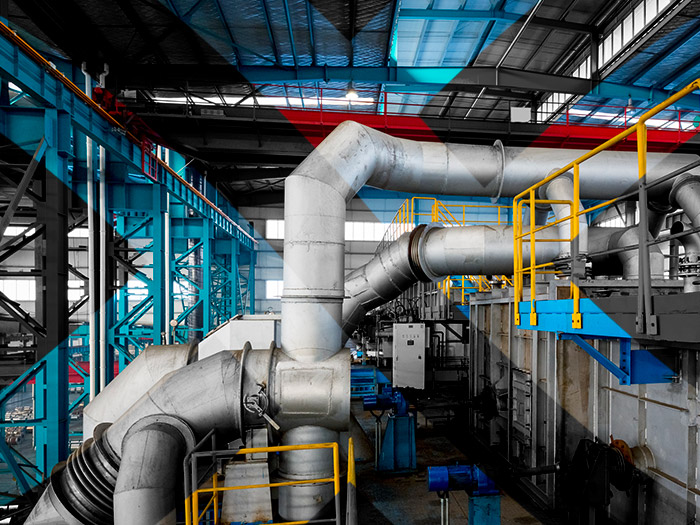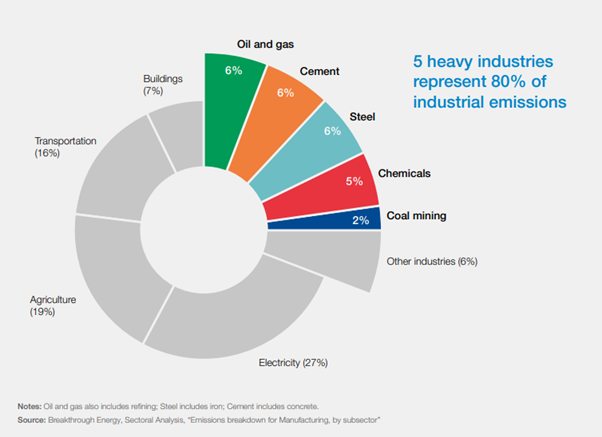Insights
better business decisions
Posted 3 years ago | 3 minute read

Demand-side action needed to support the energy transition: WEF
Urgent action by both private and public sectors is required to ensure a resilient energy transition to address the challenges to environmental sustainability, energy security, energy justice and affordability, the World Economic Forum (WEF) has said.
In its Fostering Effective Energy Transition 2022 report, published on 11 May, WEF raised concerns that the energy transition is not keeping pace with the growing climate urgency, and recent disruptions from a post-pandemic surge in energy demand, fuel supply bottlenecks, inflationary pressures and reconfigured energy supply chains, as a result of the war in Ukraine, have made the transition even more difficult.
The report notes that high energy prices and new risks of energy shortages, resulting from the fast COVID-19 economic recovery and the war in Ukraine, have forced a reprioritization of energy security. The risks of high energy prices, inflationary pressure and economic headwinds are expected to flank the energy transition process, and as result of that increased volatility is likely to be a recurring phenomenon.. Considering the energy security premium, maintaining some legacy assets through market mechanisms that support reserve capacity might be required to address supply demand imbalances during the transition.
But the systemic nature of the challenge calls for long-term measures to safeguard vulnerable consumers and businesses from volatilities resulting from the transition. As such, developing the necessary support mechanisms to cushion energy supply shocks until the low-carbon energy systems reach the scale and flexibility required will be essential. Countries can strengthen energy security by diversifying their fuel import partners in the short term and diversifying their energy mix with low-carbon alternatives and improving energy efficiency in the long term.

Source: WEF
The report also noted that industry generates more than 30% of anthropogenic emissions, with five industries (cement and concrete, iron and steel, oil and gas, chemicals, and coal mining) accounting for 80% of all industrial emissions. These industries face considerable challenges to decarbonise, such as the lack of competitive low-emission technology, the limited development of enabling infrastructure or the scarce availability of capital to transform. Going forward, “clean demand” signals could be a turning point to accelerate “clean supply”.
Many solutions to decarbonize heavy industries involve the adoption of technologies based on electrification, low-emission hydrogen, low emission power, or carbon capture, utilisation and storage, all requiring extensive infrastructure. But heavy industry companies also typically require large amounts of capital to deploy their own or third parties’ promising technology at scale. The report found that collaboration with industry and cross-industry peers through shared infrastructure planning and development can ensure that companies deploying new technologies will not be constrained by the lack of enabling infrastructure and that partnerships can help bridge capital gaps, reduce risks and overcome financiers’ reluctance to invest in subeconomic or lower-return projects that are important to break new ground on the path to net zero.
GridBeyond CEO and Co-Founder Michael Phelan said:
“What is needed now, more than ever, is a holistic approach that delivers concurrently on the three transition imperatives – affordability, security of supply, and sustainability – at an accelerated pace. To meet this challenge, it’s crucial that supply-side interventions are supplemented with action on the demand-side to achieve the energy transition objectives in the required time frame.
“Current energy market volatility and security constraints provide an opportunity to supercharge the transition by boosting demand for clean energy and fostering more efficient energy consumption from both industrial and end consumers.”






